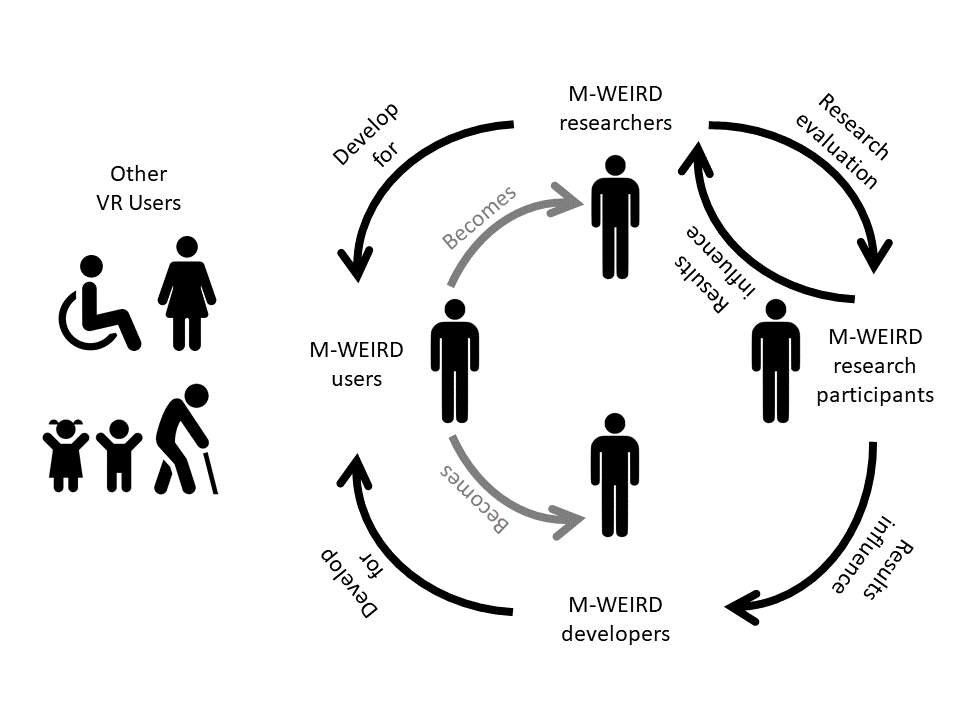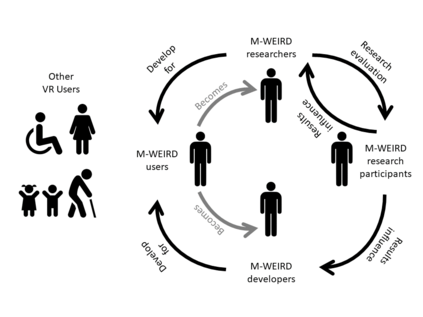Virtual reality technology is biased. It excludes approximately 95% the world's population by being primarily designed for male, western, educated, industrial, rich, and democratic populations. This bias may be due to the lack of diversity in virtual reality researchers, research participants, developers, and end users, fueling a noninclusive research, development, and usability cycle. The objective of this paper is to highlight the minimal virtual reality research involving understudied populations with respect to dimensions of diversity, such as gender, race, culture, ethnicity, age, disability, and neurodivergence. Specifically, we highlight numerous differences in virtual reality usability between underrepresented groups compared to commonly studied populations. These differences illustrate the lack of generalizability of prior virtual reality research. Lastly, we present a call to action with the aim that, over time, will break the cycle and enable virtual reality for everyone.
翻译:虚拟现实技术存在偏差,它主要为男性、西方、受过教育的、工业的、富饶的和民主的人口设计,将世界人口的大约95%排除在外;这种偏差可能是由于虚拟现实研究人员、研究参与者、开发者和终端用户缺乏多样性,助长了一个非包容性的研究、发展和可使用性周期。本文的目的是强调在性别、种族、文化、种族、族裔、年龄、残疾和神经力等多样性层面,涉及研究不足的人口的最低限度虚拟现实研究。具体地说,我们强调代表性不足的群体与通常研究的人口相比在虚拟现实可用性方面存在许多差异。这些差异表明以前虚拟现实研究缺乏普遍性。最后,我们呼吁采取行动,目的是随着时间的推移,打破这一循环,使每个人能够实现虚拟现实。






